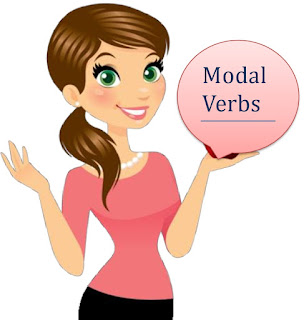Lesson Planning of Addition and Subtraction of Units of Lengths Subject Mathematics Grade 4th
Lesson Planning of Addition and
Subtraction of Units of Lengths
Subject Mathematics
Grade 4th
Students` Learning Outcomes
- Add and subtract expressions involving similar units of lengths.
- Use appropriate units to measure lengths of different objects.
- Solve real life problems involving conversions, addition and subtraction of units of lengths.
Information for Teachers
Milometer, meter, centimeter and millimetre are units of measurement written as km, m, cm and mm respectively.
- Conversion of units can be done by using the following rules: as;

- With the help of these units of lengths we can find required measurements and can also change into appropriate measure.
- We multiply while converting greater to smaller unit and use division while converting small unit to greater.
- During this lesson, the teacher should also consult with textbook wherein and whenever it is required.
Material / Resources
Writing board, chalk/marker, duster, scale,
measuring tape, textbook
Introduction
- Write on the board kilometres, meters, centimetres and millimetres.
- Ask the students which unit can be used for measuring the following: as;
- Distance between cities (kilometres)
- Length of cloth (meters)
- Length of pencil (Centimetres)
- Thickness of finger nail (millimetres)
- Tell them that we have learnt basic units of length in previous lectures. Today we will learn how to add and subtract these units.
- Ask them can we add millimetres into kilometres? (Expected answer would be as; no) because only similar units can be added or subtracted.
- We make different units similar before adding and subtracting.
Development
|
Activity 1
|
|
Activity 2
|
Sum up / Conclusion
- Same units can be added or subtracted only.
- If we want to add them we first convert them in same size.
- The smallest unit of measuring length is millimetres.
- The greatest unit for measuring length, height or distance is kilometres.
- We multiply while converting greater to smaller unit and use division when we convert smaller to greater unit.
Assessment
- Give the following problem to the students to assess them: as;
- Distance between Bahawalpur to Lahore is 425 km. if the driver has covered 291 km. how many kilometres are left to be covered?
- Choose the appropriate units for measuring the following lengths: as;
- Length of shoes:
i)
Meter (b) centimetres (c)
- Widths of an eraser: as;
i) Millimetre (b) meters (c)
- Assign the following questions to the students, as;
Follow up
- Choose the best estimate to answer each question about, as;
- How tall is a plastic water bottle?
(a) 20 cm (b) 20 km (c) 20 m (d) 20 mm
- How long a pens nib?
(a) 2 cm (b) 2
mm (c) 2 m (d) 2 km
- How can be away my school from my home?
(a)
1 m (b) 1
km (c) 1 cm (d) 1 mm








Comments
Post a Comment